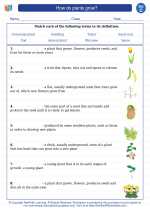How do plants grow? -> respiratory system
Respiratory System
The respiratory system is responsible for the exchange of gases between the body and the environment. It includes the nose, pharynx, larynx, trachea, bronchi, and lungs. The primary function of the respiratory system is to supply the body with oxygen and dispose of carbon dioxide, a waste product of cellular metabolism.
Parts of the Respiratory System
- Nose: The nose is the primary entrance for air into the respiratory system. It helps to filter, warm, and humidify the air before it enters the lungs.
- Pharynx: Also known as the throat, the pharynx serves as a passageway for both air and food.
- Larynx: The larynx, or voice box, contains the vocal cords and helps with sound production.
- Trachea: The trachea, or windpipe, carries air from the larynx to the bronchi.
- Bronchi: The bronchi are the two main branches of the trachea that lead into the lungs.
- Lungs: The lungs are the primary organs of the respiratory system, where the exchange of oxygen and carbon dioxide takes place.
Respiratory Process
The respiratory process involves breathing, gas exchange, and cellular respiration. When we inhale, air enters the respiratory system and travels through the various parts, eventually reaching the lungs. In the lungs, oxygen from the air is transferred to the blood, and carbon dioxide is removed from the blood and exhaled out of the body during exhalation.
Study Guide
Here are some key points to remember about the respiratory system:
- The primary function of the respiratory system is to supply the body with oxygen and dispose of carbon dioxide.
- The nose, pharynx, larynx, trachea, bronchi, and lungs are the main parts of the respiratory system.
- The respiratory process involves breathing, gas exchange, and cellular respiration.
- During inhalation, oxygen is taken in, and during exhalation, carbon dioxide is expelled.
- The lungs are the primary organs where gas exchange takes place.
Understanding the respiratory system is important for maintaining overall health and well-being. It is essential for the delivery of oxygen to the body's cells and the removal of carbon dioxide, a waste product of metabolism.
.◂Science Worksheets and Study Guides Third Grade. How do plants grow?

 Activity Lesson
Activity Lesson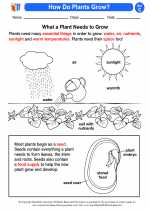
 Worksheet/Answer key
Worksheet/Answer key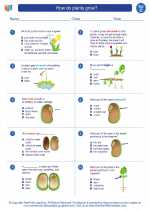
 Worksheet/Answer key
Worksheet/Answer key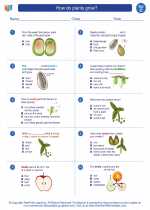
 Worksheet/Answer key
Worksheet/Answer key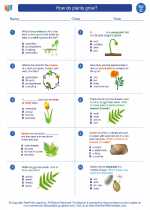
 Worksheet/Answer key
Worksheet/Answer key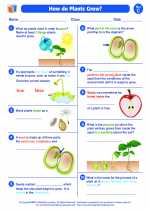
 Vocabulary/Answer key
Vocabulary/Answer key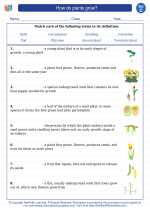
 Vocabulary/Answer key
Vocabulary/Answer key